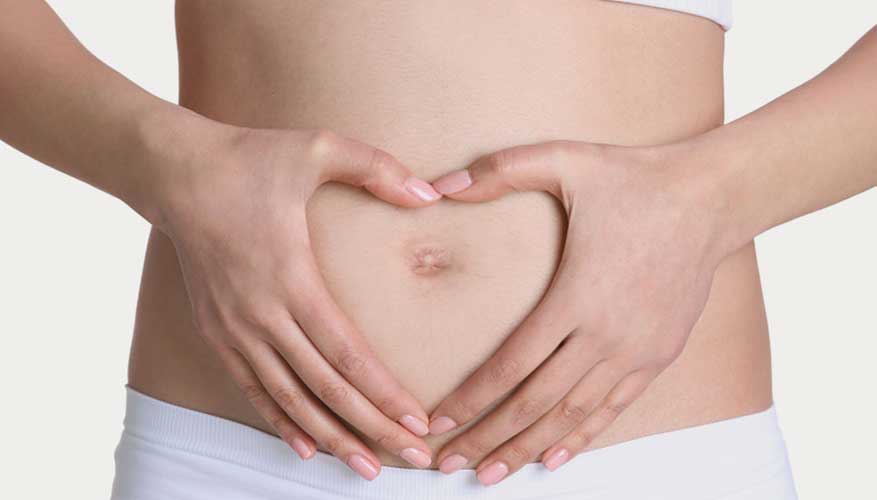Table of Contents
Prenatal exams during the first trimester
The pregnancy test has gone positive and now what?
It’s time to make an appointment with the gynecologist and start doing tests.
We tell you what they are and what they are for.
First visit during the first trimester
It is recommended to visit the gynecologistand / or midwife every 4 weeks until week 36, every 2 weeks until week 38 and weekly until the end of pregnancy.
On this first visit you will be prescribed folic acid, iodine and iron supplements. They will also weigh you down andtake your tension.
In the first trimester the recommended tests are:
Ultrasound of the first trimester
It is performed between week 10 and 14 of pregnancy, usually in week 12.
This ultrasound is used to:
- Confirm the proper implantation of the embryo
- Determine if it is a multiple pregnancy
- Confirm the gestational age and calculate the possible date of delivery
- Measure the nuchal fold, also known as nuchal translucency
Screening of the first trimester
The measurement of the nuchal translucency that is measured with the ultrasound of the first trimester is part of a combined test of the first trimester. Also known as triple screening or triple test.
It allows detecting those pregnant women who are at high risk of having a baby with a chromosomal disorder, such as Down syndrome (trisomy 21) and two other trisomies such as 13 and 18.
It is important to clarify that having a positive screening test does not indicate that there is a chromosomal disorder, but only a higher risk of suffering from it.
To obtain a definitive answer, a prenatal diagnostic test is needed, such as a chorionic villus sampling or amniocentesis that are invasive tests with an increased risk of miscarriage.
For the screening of the first trimester, three parameters are taken into account:
- The nuchal translucency: It is a space of liquid that babies have in the nape of the neck, behind the skin and that is increased in babies who have chromosomal problems.
This edema disappears around week 14, so this study is performed between week 11 and 13.
- Age of the mother
- Blood test:
- Female hormone 17 beta estradiol (BetaHCG) that is produced by the mother
- PAPP-a hormone that is produced by the baby
With these three parameters, and with an algorithm, it is possible to detect more than 85% of fetuses with risk of chromosomal problems such as Down syndrome.
High risk = values <1/250 (for example, 1/100)
Low risk = values> 1/250 (for example, 1/10000)
If the risk is high, the possibility is offered to the mother to perform an invasive diagnostic test such as chorionic villus sampling or amniocentesis.
Non-invasive prenatal test
This is an alternative to first trimester screening that is able to detect up to 99% of the main trisomies such as Down syndrome.
It is made from a simple blood test from week 10, and is not valid for twin pregnancies.
It consists of a sequencing that allows analyzing the fetal DNA in the mother’s blood and comparing it with the maternal DNA to detect certain anomalies with great precision and reliability.
It is not funded, and its cost ranges between 500-800 euros depending on the laboratory
Like the first trimester screening is not a diagnostic test. If the test is positive, a prenatal diagnostic test, such as chorionic villus sampling or amniocentesis, will be necessary.
Urine and blood tests
One per quarter.
-
Blood test
In addition to analyzing typical values such as glucose or hemoglobin, the presence of antibodies is also detected to assess the immunity status of the mother against certain infectious diseases such as hepatitis B and C, rubella, HIV, syphilis or toxoplasmosis.
With the indirect Coombs test, the blood and Rh group of the mother is also determined.
It is important to know it to avoid possible Rh incompatibility between the pregnant woman and her baby.
-
Urine analysis
They are mainly used to detect urine infection, but also detect the presence of glucose, proteins and creatinine.
